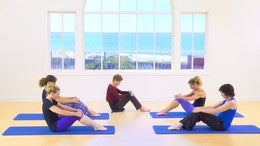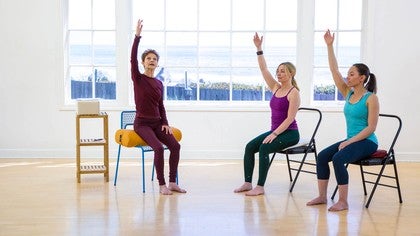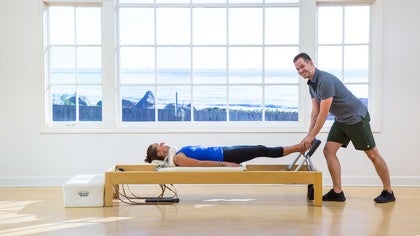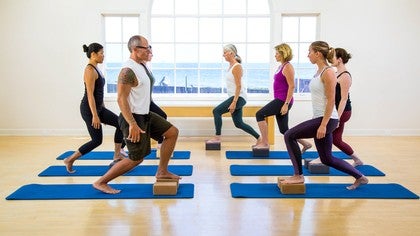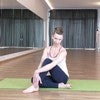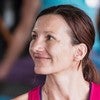Description
You will learn how to smooth out uneven movements in this postural assessment for Pilates work by Judith Aston. She gives you tools that you can use to see body patterns so you can understand what is happening in your body. She also shares how you to find your best neutral so that you can experience motion throughout your entire body when you use ground reaction force.
What You'll Need: Yoga Block, Table Chair, Pilates Pole, Reformer Box
About This Video
May 26, 2019
(Log In to track)
Workshops: Free Workshops
Comments
Skip to Latest
wow! it was amazing to see this workshop.
it reminded me the dance, the Schroth method, the gyrokinses. Some time I think that the Pilates method block some natural body movement,. For example a twist doing with a movement of the trunk but not of the pelvis. I feel free when the all body moves freely! So it is a special gift to know Judith Aston.
thank's very much!
6 years ago
Great to have you back Judith! Wonderfully presented workshop. Really looking forward to playing with GRF in my own practice as well as bringing it into my sessions. It just makes sense and feels so supported yet easeful! I do have a question about students with osteoporosis. A lot of the tests had flexion (standing roll down, seated roll back, rotation). How would you apply this to someone with osteoporosis? Thanks so much!
6 years ago
I learned so much from this video. I can’t wait to put it into practice! Thank you.
6 years ago
very very informative. Thank you to you and to Pilates Anytime for providing this workshop with no charge. Awesome.
6 years ago
Thank you so much for your gracious time and knowledge and to Pilates Anytime as well for providing the platform.
5 years ago
Great workshop!
A question:
What about clients who have Osteoporosis how would the flexion/rotation tests apply to them?
4 years ago
Dear Judith, what a wonderful workshop! Slowing things down, being more attentive, feeling the body, gravity and how to apply it easier through life. Ive learned so much and it reminded me on Trager which says: What can be lighter? Often our life creates too much "heaviness" - too much effort instead of doing less but with much more focus. Thanks a million! I truly enjoyed it!
4 years ago
1-10 of 13
You need to be a subscriber to post a comment.
Please Log In or Create an Account to start your free trial.
